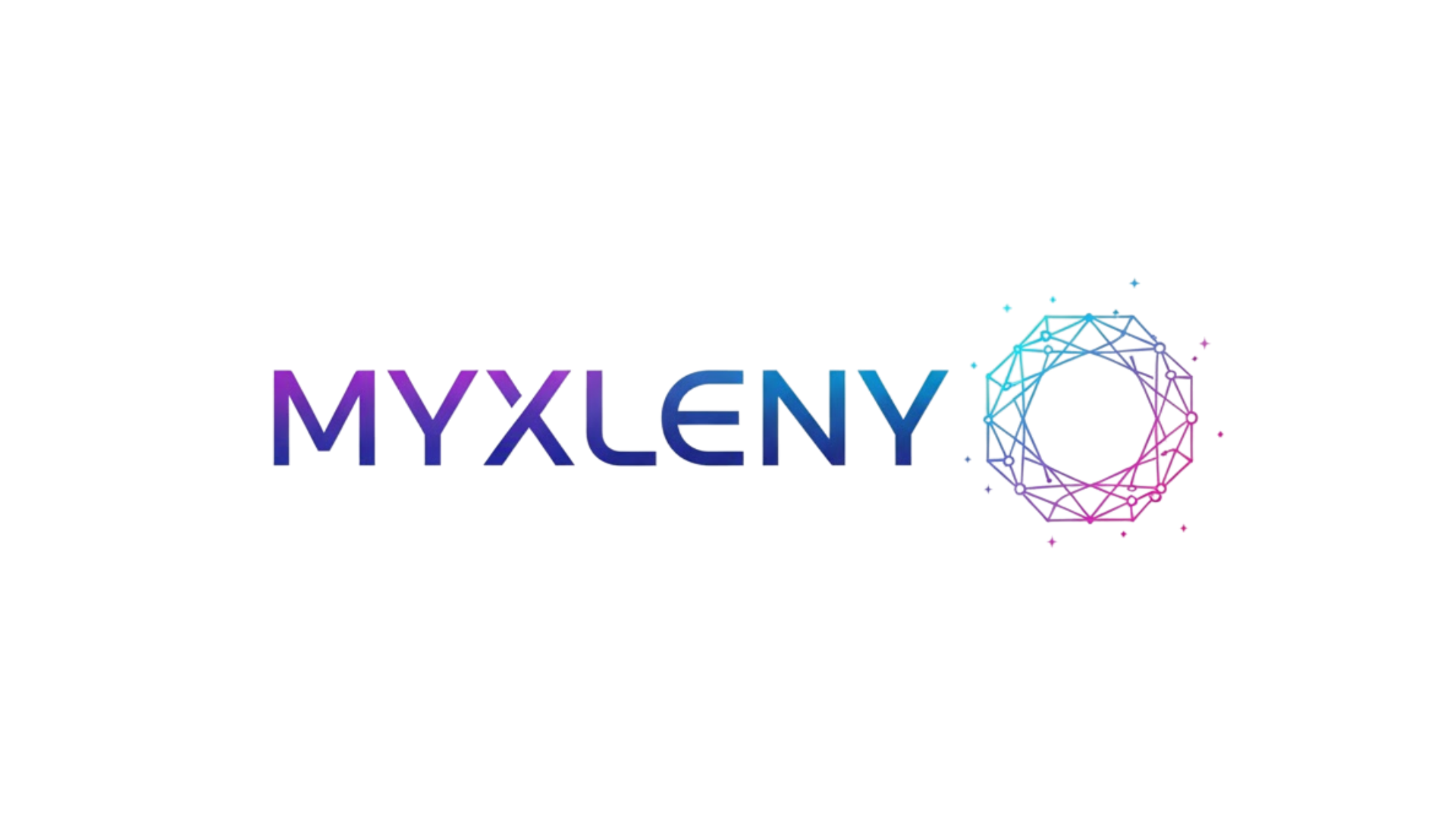In today’s interconnected world, your digital identity is as valuable as your physical one, making digital identity management essential for protecting your online presence and personal data.
🔐 Understanding Digital Identity in the Modern Age
Digital identity encompasses all the information that uniquely identifies you in the online world. From social media profiles and email accounts to banking credentials and shopping histories, every interaction leaves a digital footprint. This collection of data points forms a comprehensive picture of who you are online, and protecting it has never been more critical.
Your digital identity includes usernames, passwords, biometric data, browsing patterns, financial information, and even your social connections. Cybercriminals constantly seek ways to exploit vulnerabilities in how we manage these digital assets. Understanding what constitutes your digital identity is the first step toward protecting it effectively.
The consequences of compromised digital identity can be devastating. Identity theft, financial fraud, reputational damage, and privacy violations are just some of the risks associated with poor digital identity management. Organizations worldwide are investing billions in cybersecurity, yet individual users remain the weakest link in the security chain.
The Growing Threat Landscape
Cyber threats have evolved dramatically over the past decade. Sophisticated phishing attacks, data breaches, ransomware, and social engineering tactics have become increasingly common. In 2023 alone, billions of records were exposed through various security incidents, affecting individuals and organizations across all sectors.
Hackers no longer target only large corporations. Individual users have become prime targets because they often lack robust security measures. A single compromised password can provide access to multiple accounts, especially when people reuse credentials across different platforms. This domino effect can lead to complete identity compromise within hours.
The dark web has created a thriving marketplace for stolen credentials and personal information. Your data may be bought and sold multiple times without your knowledge, used for fraudulent activities that can take years to resolve. The financial and emotional toll on victims is immense, with many spending thousands of dollars and countless hours recovering their digital identity.
🛡️ Core Principles of Effective Digital Identity Management
Successful digital identity management rests on several fundamental principles. First is authentication, ensuring that you are who you claim to be when accessing online services. This involves using strong, unique passwords combined with additional verification methods. Multi-factor authentication adds critical layers of security that significantly reduce unauthorized access risks.
Authorization determines what resources and information you can access once authenticated. Proper authorization ensures that even if someone gains access to one account, they cannot automatically access all your digital assets. This compartmentalization limits potential damage from any single security breach.
Privacy controls allow you to manage who sees your information and how it’s used. Understanding privacy settings across different platforms and regularly reviewing them helps maintain control over your digital presence. Many people unknowingly share far more information than intended simply because they haven’t configured their privacy settings properly.
Password Management: Your First Line of Defense
Password security remains the cornerstone of digital identity protection. Despite countless warnings, weak passwords continue to be the primary vulnerability exploited by cybercriminals. Passwords like “123456” or “password” still rank among the most commonly used, making accounts incredibly easy to breach.
Creating strong passwords requires following specific guidelines. Each password should be at least 12 characters long, combining uppercase and lowercase letters, numbers, and special symbols. More importantly, every account should have a unique password. This prevents a single compromised password from cascading into multiple account breaches.
Password managers have become essential tools for modern digital life. These applications generate complex, random passwords and store them securely, requiring you to remember only one master password. Quality password managers encrypt your credentials and can alert you to potential breaches involving your accounts.
Multi-Factor Authentication: Adding Critical Security Layers
Multi-factor authentication (MFA) requires providing two or more verification factors to access an account. This typically combines something you know (password), something you have (phone or security key), and something you are (biometric data). Even if someone steals your password, they cannot access your account without the additional factors.
Different types of MFA offer varying security levels. SMS-based codes are better than nothing but vulnerable to SIM swapping attacks. Authenticator apps provide stronger security by generating time-based codes that don’t rely on cellular networks. Hardware security keys offer the highest protection level, especially against sophisticated phishing attempts.
Implementing MFA across all important accounts should be a priority. Banking, email, social media, and work-related accounts particularly require this additional protection. While MFA adds a few seconds to the login process, this minor inconvenience pales compared to the security benefits it provides.
📱 Managing Your Social Media Digital Footprint
Social media platforms hold vast amounts of personal information that can be exploited if not properly managed. Your posts, photos, location data, and connections create a detailed profile that cybercriminals can use for targeted attacks. Regular audits of your social media presence help identify and remove potentially compromising information.
Privacy settings on social media require careful configuration. Default settings often favor maximum visibility to encourage platform engagement, but this comes at the cost of your privacy. Limiting who can see your posts, restricting personal information visibility, and controlling who can tag you in content are essential practices.
Think before posting online. Information shared today remains accessible indefinitely, potentially impacting future opportunities. Employers, educational institutions, and even adversaries can access old posts. Cultivating digital mindfulness about what you share protects your long-term reputation and security.
Digital Identity Monitoring and Alerts
Proactive monitoring helps detect potential identity compromise early. Credit monitoring services alert you to new accounts or credit inquiries made in your name. Dark web monitoring searches for your personal information on illicit marketplaces where stolen data is traded.
Many services now offer comprehensive identity protection that combines monitoring with recovery assistance. These platforms scan billions of data points to detect if your email addresses, phone numbers, or financial information appears in breached databases. Early detection enables quick action to secure accounts before significant damage occurs.
Setting up Google Alerts for your name and other identifying information provides free basic monitoring. While not as comprehensive as paid services, it helps track where your information appears online and can flag potential misuse.
🔍 Securing Your Personal Devices
Your smartphones, tablets, and computers are gateways to your digital identity. Device security directly impacts the safety of all accounts and information stored on them. Implementing robust device security measures prevents unauthorized access even if your device is lost or stolen.
Keep all devices updated with the latest security patches. Software updates often include critical security fixes that address newly discovered vulnerabilities. Enabling automatic updates ensures you receive these protections promptly without having to remember manual checks.
Use strong device locks combining passwords, PINs, or biometric authentication. Enable remote wipe capabilities so you can erase data if your device is lost or stolen. Encrypt device storage to protect data even if someone physically accesses your hardware.
Network Security and VPN Usage
Public Wi-Fi networks present significant security risks. Unsecured networks allow attackers to intercept data transmitted between your device and the internet. Avoid accessing sensitive accounts or conducting financial transactions on public networks without proper protection.
Virtual Private Networks (VPNs) encrypt your internet connection, protecting your data from interception. Quality VPN services mask your IP address and location while preventing your internet service provider from tracking your online activities. Using a VPN is especially critical when accessing public networks.
Home network security also deserves attention. Change default router passwords, use WPA3 encryption, and regularly update router firmware. Create a guest network for visitors to prevent unauthorized access to your primary network and connected devices.
Email Security: Protecting Your Primary Digital Gateway
Email accounts often serve as master keys to your digital identity. Password resets, account verifications, and important communications flow through email, making it a prime target for attackers. Securing your email account protects not just the account itself but all services connected to it.
Enable the strongest available security features on your email account. Use multi-factor authentication, review connected apps and devices regularly, and be vigilant about suspicious login attempts. Most email providers offer security dashboards showing recent account activity and potential threats.
Phishing emails remain one of the most effective attack vectors. These fraudulent messages impersonate legitimate organizations to trick you into revealing credentials or downloading malware. Verify sender addresses carefully, avoid clicking suspicious links, and never provide sensitive information via email.
💡 Digital Identity Best Practices for Different Life Stages
Digital identity management needs evolve throughout life. Young people building their online presence need to understand long-term implications of their digital activities. Establishing good security habits early prevents problems later and builds a foundation for lifelong digital safety.
Parents must protect their children’s digital identities while teaching responsible online behavior. Monitoring children’s online activities, using parental controls, and having open conversations about digital safety create a protective environment. Children are particularly vulnerable to online predators and cyberbullying, requiring vigilant oversight.
Older adults face unique challenges as they adopt digital technologies later in life. They may lack familiarity with common security practices and become targets for scams specifically designed to exploit this vulnerability. Patient education and simplified security solutions help protect this demographic.
Professional Digital Identity Management
Your professional digital identity significantly impacts career opportunities. Potential employers routinely research candidates online before making hiring decisions. Cultivating a positive professional presence while maintaining appropriate privacy boundaries requires strategic management.
LinkedIn and other professional networks demand particular attention. Ensure profile information is accurate, up-to-date, and presents you professionally. Be selective about connections, and avoid sharing controversial opinions that might negatively impact professional relationships or opportunities.
Separate personal and professional digital identities when possible. Use different email addresses for work and personal matters. This separation helps maintain appropriate boundaries and limits potential damage if one identity is compromised.
Responding to Digital Identity Compromise
Despite best efforts, breaches can still occur. Quick, decisive action minimizes damage when you suspect your digital identity has been compromised. Having a response plan prepared before an incident occurs enables faster, more effective action when every minute counts.
Immediately change passwords on affected accounts and any accounts sharing the same credentials. Enable or strengthen multi-factor authentication. Contact financial institutions if banking or credit card information may be compromised. Document everything, including when you noticed the breach and what actions you’ve taken.
File reports with relevant authorities. For identity theft, contact the Federal Trade Commission and local law enforcement. Notify credit bureaus to place fraud alerts on your credit reports. Consider freezing credit to prevent new accounts from being opened in your name.
🚀 Embracing the Future of Digital Identity
Digital identity management continues evolving with emerging technologies. Biometric authentication, blockchain-based identity solutions, and artificial intelligence promise enhanced security and convenience. Staying informed about these developments helps you adopt beneficial innovations while avoiding potential pitfalls.
Self-sovereign identity represents a paradigm shift in how we manage digital identity. This approach gives individuals complete control over their personal information, determining who accesses what data and for how long. While still emerging, this model could fundamentally transform digital identity management.
Passwordless authentication is gaining momentum as companies seek to eliminate password vulnerabilities entirely. Methods using biometrics, security keys, or magic links sent to trusted devices promise greater security with improved user experience. Adapting to these changes will be essential for maintaining strong digital security.

Taking Control of Your Digital Destiny
Digital identity management is not a one-time task but an ongoing commitment to protecting your online presence. The effort required is minimal compared to the potential consequences of neglecting this critical responsibility. Small, consistent actions build powerful protection over time.
Start implementing these strategies today. Audit your current digital identity, strengthen weak points, and establish regular maintenance routines. Enable multi-factor authentication, use a password manager, and review privacy settings across all platforms. Each step forward enhances your security posture.
Remember that perfect security is impossible, but substantial protection is entirely achievable. The goal is not to eliminate all risk but to make yourself a harder target than other potential victims. Cybercriminals typically pursue the easiest opportunities, so basic security measures deter most attacks.
Your digital identity is a valuable asset deserving protection comparable to your physical possessions. In our increasingly connected world, the distinction between online and offline identity continues blurring. Investing time and attention in digital identity management safeguards not just your data but your reputation, finances, and peace of mind. The power to protect your digital identity rests in your hands—use it wisely. 🔐
Toni Santos is a future-of-work researcher and social innovation writer exploring how technology, culture, and global mobility are redefining what it means to work and thrive in the 21st century. Through his studies on automation, digital nomadism, and workforce transformation, Toni examines the balance between progress, adaptability, and human purpose in a rapidly changing world. Passionate about remote collaboration systems and digital inclusion, Toni focuses on how emerging tools and global connectivity empower individuals to build meaningful, flexible, and resilient careers. His work highlights how automation and new work models can coexist with creativity, empathy, and social value. Blending sociology, economics, and digital strategy, Toni writes about the human side of innovation — helping readers understand not only where work is heading, but how to align with its transformation responsibly and purposefully. His work is a tribute to: The evolving relationship between automation and human employment The rise of global, location-independent lifestyles The power of resilience and adaptability in the modern workforce Whether you are a freelancer, remote leader, or curious observer of the new economy, Toni Santos invites you to explore the future of work — one idea, one connection, one transformation at a time.




